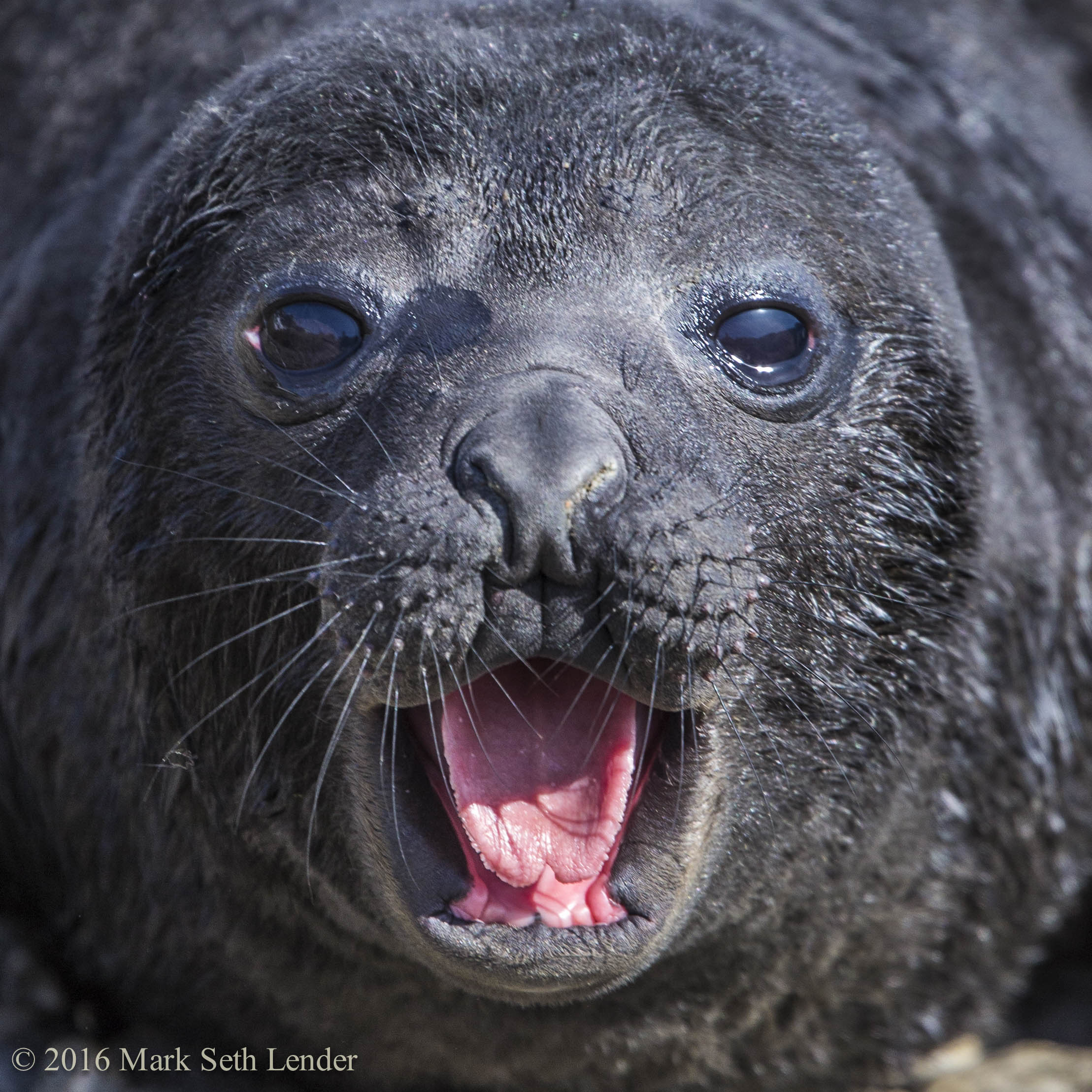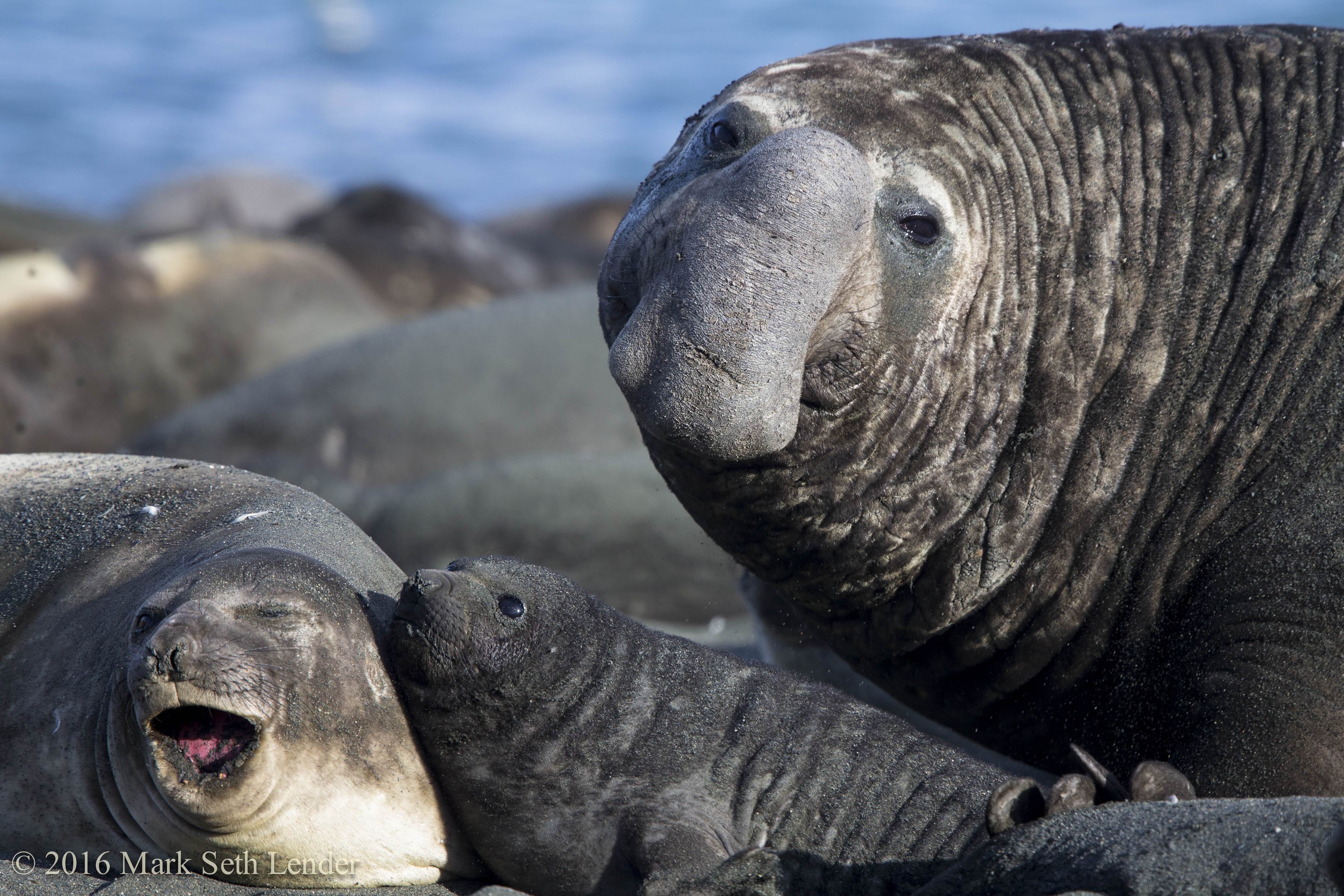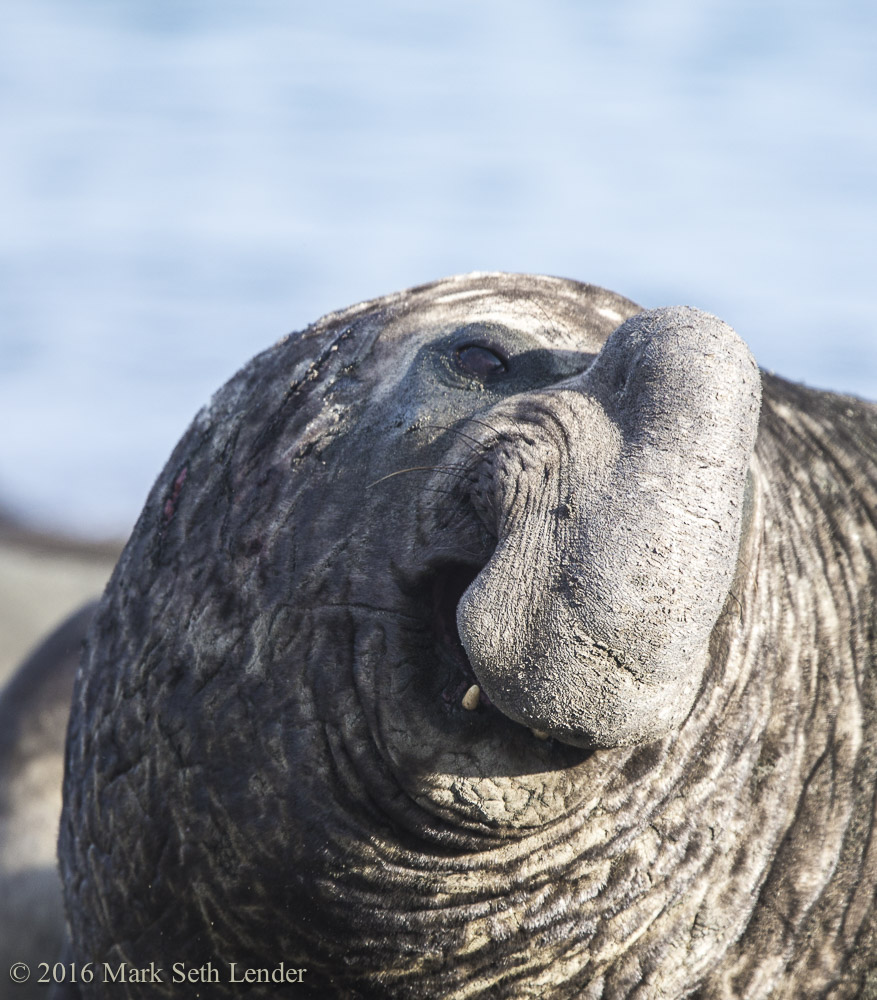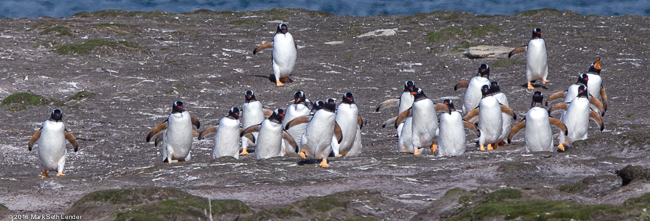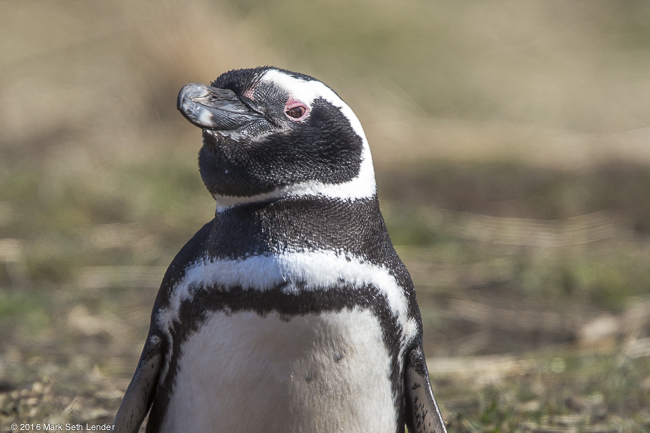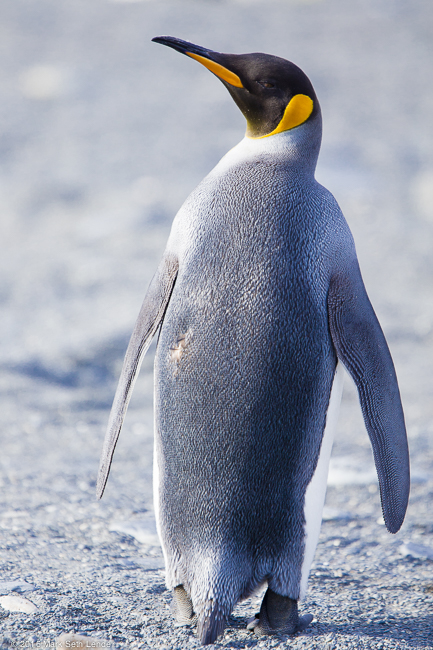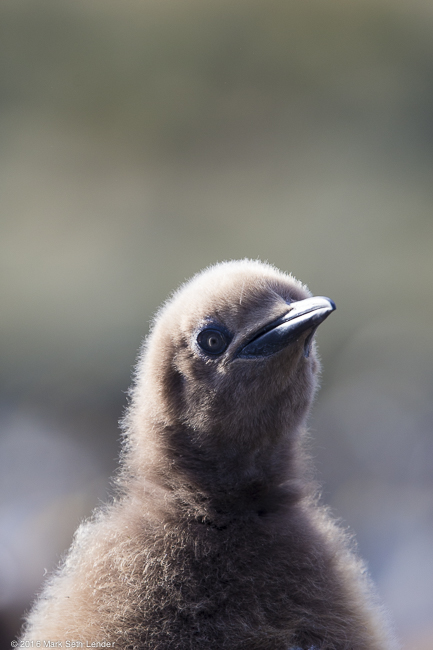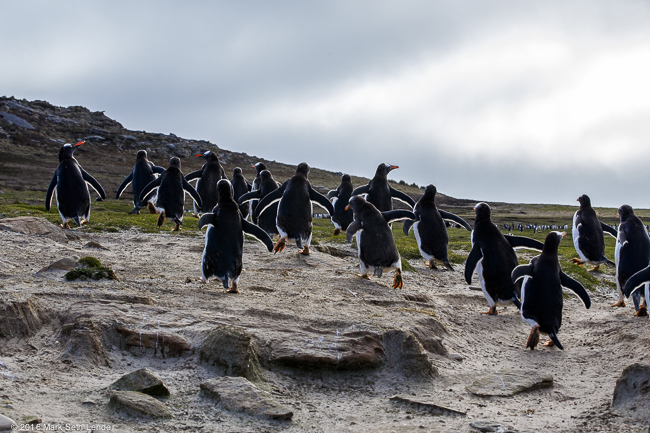“Baby face! You’ve got the cutest little baby face!”
How do we know that the young of other animals are young? There is a quality of voice, which tends to be higher pitched and less well articulated. Ungainliness is another characteristic (think about kittens on their first exploratory walk). Some research suggest that softened, rounded features are a major clue which, if we think about it, is or less confirmed by our own individual observations and experience.
None of this explains our sympathy.
We are categorical unsympathetic to the young of insects, even those we regard as beneficial or beautiful. Many who would welcome a monarch butterfly landing on their hand would be reluctant to grant a monarch caterpillar those same privileges. Unless taught (or in the rare case where we directly observe) there is nothing about the caterpillar that tells us who or what it will become. Or even that it will “become,” as opposed to going through life, like an earthworm, exactly as it is in the instant – a caterpillar. There is above all, an innate lack of feeling on our part as opposed to our relationship to baby mammals. The majority of us love to see wild birds. But even so, newborn birds with their bulging eyes and reptilian necks don’t make us feel warm and cuddly.
And yet the when it comes to mammals the inverse is almost always true.
There is little to commend an adult male elephant seal in the way of aesthetics. Jabba the Hutt comes to mind, or perhaps some Kleptoparasitic politician. And yet the newborn of the species strike us in an entirely different way. We sympathize.
Why?
How to get to there:
South Georgia Island is nothing if not remote. Be forewarned: That makes the trip expensive. You can go to the Canadian Arctic or even Africa twice for the price of one good trip to the Southern Ocean. But the rewards are extraordinary.
Several tour companies can get you there. Before you choose one, get some idea of how many landings they intend to make, and how long they allow you to stay on shore. For most sites, you want 2 hours at a minimum, and as many landings are possible. Be forewarned: the big cruise ships lean towards a twenty minute drive-by in a Zodiac or the view from a mile off shore. Not the way to go. As a rule of thumb, you don’t want a ship with a complement of passengers much over 120 people.
I was hosted in the Southern Ocean by One Ocean Expeditions (WWW.OneOceanExpeditions.com) and I highly recommend them. It was indeed the trip of a lifetime.
The broadcast of my prose essay that accompanies this post can be heard on Living on Earth.

